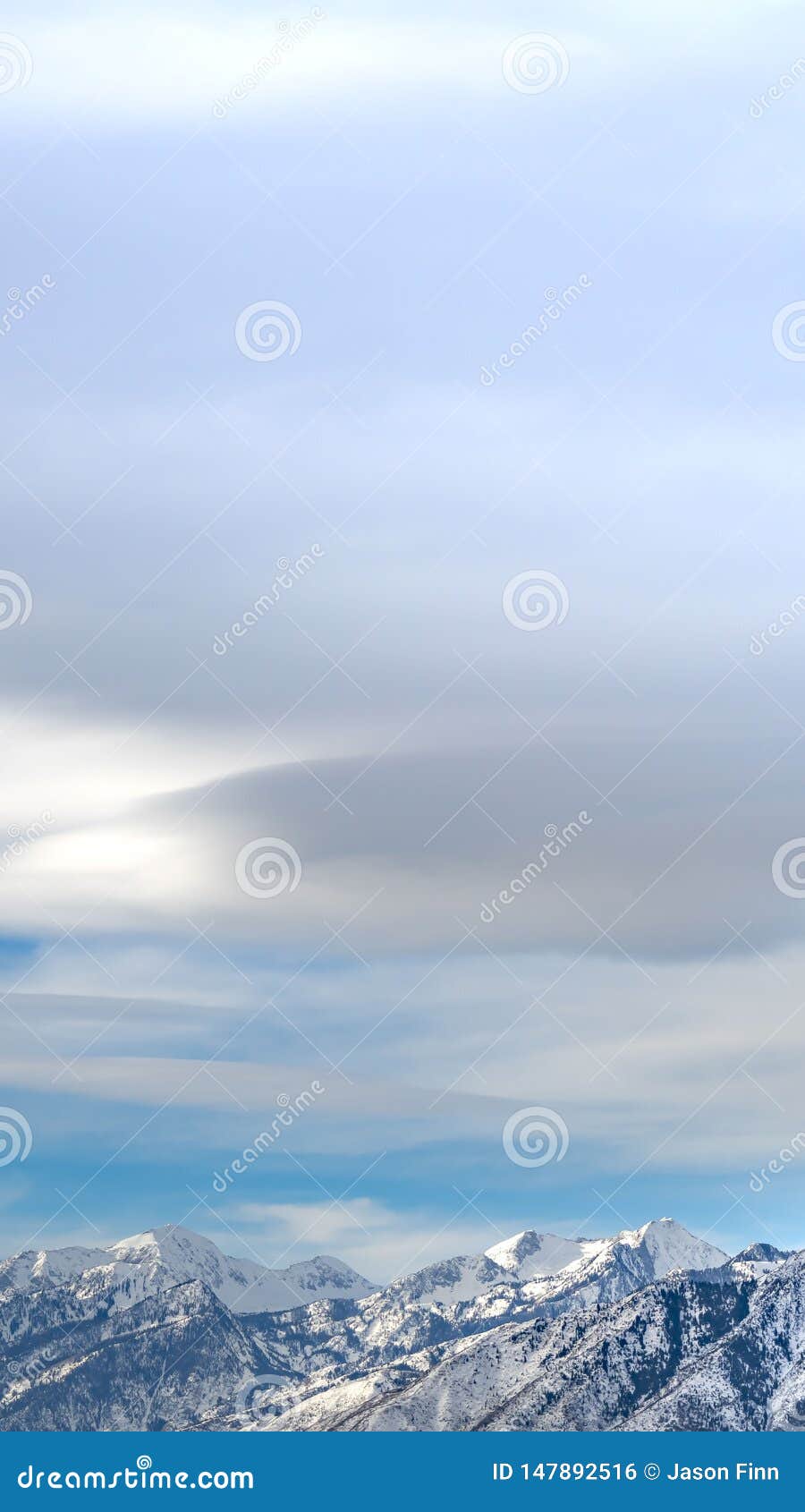

This type of cloud often produces what is known as mackerel sky. These are rare, honeycomb-shaped clouds made up of tiny cloudlets grouped together. If not, you may be in for some rain and strong wind before things brighten up.


If they are heading to the east, you’re in luck, and fair weather is on its way. Though they won’t leak on you, they indicate the arrival of a potentially wet warm front, so take note of their speed and direction. These, my friend, are Cirrus clouds, sometimes known as mare‘s tails. Then, you look over the bow once more, and in the far distance you see long, wispy streaks of cloud high in the sky. You glance to port, and see no clouds you swivel to starboard, nada. So you’re sailing along under clear blue skies. What you need to remember: High level clouds (20,000ft) It should be useful to newer sailors and old salts alike. Here is Sunsail’s simple and useful guide to clouds. As the sailor’s adage above suggests, by keeping a few things in mind you can quickly assess when the weather might be about to turn on you, and plan your next move, whether to head for a bolt hole or carry on cruising. Have you ever tuned in to the latest weather broadcast, checked your smart phone, given the sky a cursory glance, shrugged your shoulders and said that everything looks fine, only to later be caught in torrential rain, stuck at the helm in your shorts and t-shirt with bimini still down while your first mate curses you for the lies you told them about the idyllic and predictable weather in your chosen cruising ground?Ĭlouds are one of the best indicators of what type of front is coming your way. The problem is that sometimes, technology fails, and when it does, the age old sailors’ instinct on passage planning and weather forecasting don’t just help make your charter more enjoyable, but will also keep you safe. It is now common practice to have electric winches, self- furling sails, and all kinds of bells and whistles to help plot your route, check your depths and pinpoint the wind direction and speed for you. In the modern age, it’s all too easy to rely on technology taking the hard work out of sailing for us.

These are the clouds that float in the sky.” Here’s a little poem about clouds that will serve you well: The NWS definition says the sky is classified as mostly cloudy when 3/4 to 7/8 of the sky is covered by clouds, and it can also be referred to as "considerable cloudiness.Sailors can use clouds to stay high, dry and ahead of the weather. Know your mare’s tail from your thunderhead? Sometimes, a "mix of sun and clouds" is used by some forecasters instead of "partly sunny" during the daytime hours, though it is not an official NWS term.Īs you may have guessed by now, mostly cloudy means there are more clouds than sun (or stars, at night). The NWS definition states that between 3/8 and 5/8 of the sky is covered by clouds when it's classified as partly cloudy or partly sunny. However, according to the National Weather Service, partly cloudy and partly sunny mean exactly the same thing. Sky Coverįor starters, partly sunny can only be used during the day. Here's a quick rundown that'll give you a little more background on a few commonly used weather terms. But do you know what those terms really mean? When you read your local weather forecast on, quite frequently you'll see terms like partly cloudy, partly sunny and mostly cloudy used.


 0 kommentar(er)
0 kommentar(er)
